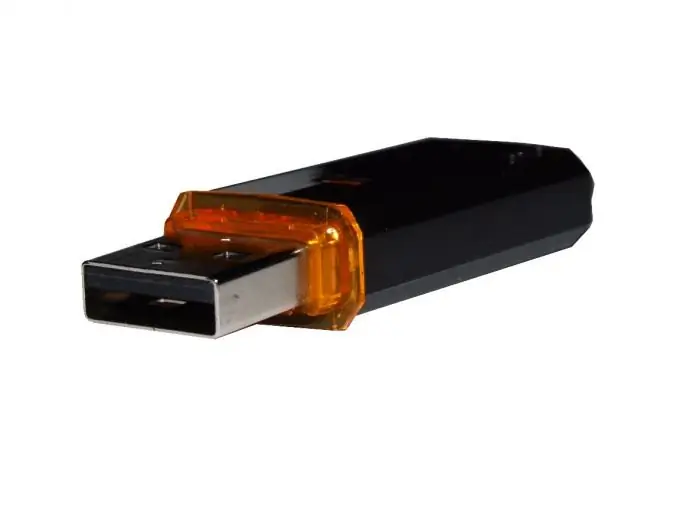The development of the computer industry is proceeding by leaps and bounds. More recently, in the early 90s, a 20 megabyte hard drive was considered a fantastic luxury; floppy disks were in use, which later replaced the well-known CD-disks. Now you will not surprise anyone with files, the size of which is calculated in several gigabytes and the corresponding storage media, called flashcards. But some users are puzzled by a seemingly paradoxical situation: there is a large flash drive, and a file a little more than 4 gigabytes in size stubbornly does not want to be saved. The question is - why?

Instructions
Step 1
Everything is very simple. Any new USB flash drive that you buy in a computer store is pre-formatted, that is, prepared for recording. And it is formatted in a format called "FAT32". This format appeared back in 1996. And one of its drawbacks is that it "does not perceive" files larger than 4 gigabytes. But there is a way out. All you need to do is format your USB flash drive again, but in a different format - NTFS. After this procedure, you will be able to work with files that are almost 16 gigabytes in size.
Step 2
If you have Windows 7 installed on your computer, all you need to do is go to the “My Computer” menu, find your removable disk there, right-click on it and select “Format” in the context menu. In the appeared "window" in the category "file system", in the drop-down list, click on "NTFS".
Step 3
If your operating system is Windows XP, you may not find the "NTFS" item. To do this, sequentially select the Start menu - Settings - Control Panel - System - Hardware - Device Manager. In Device Manager: Disk devices - your flash drive, in the "Policy" tab, click "Optimize for execution". Now the "NTFS" item will appear in the formatting window.






